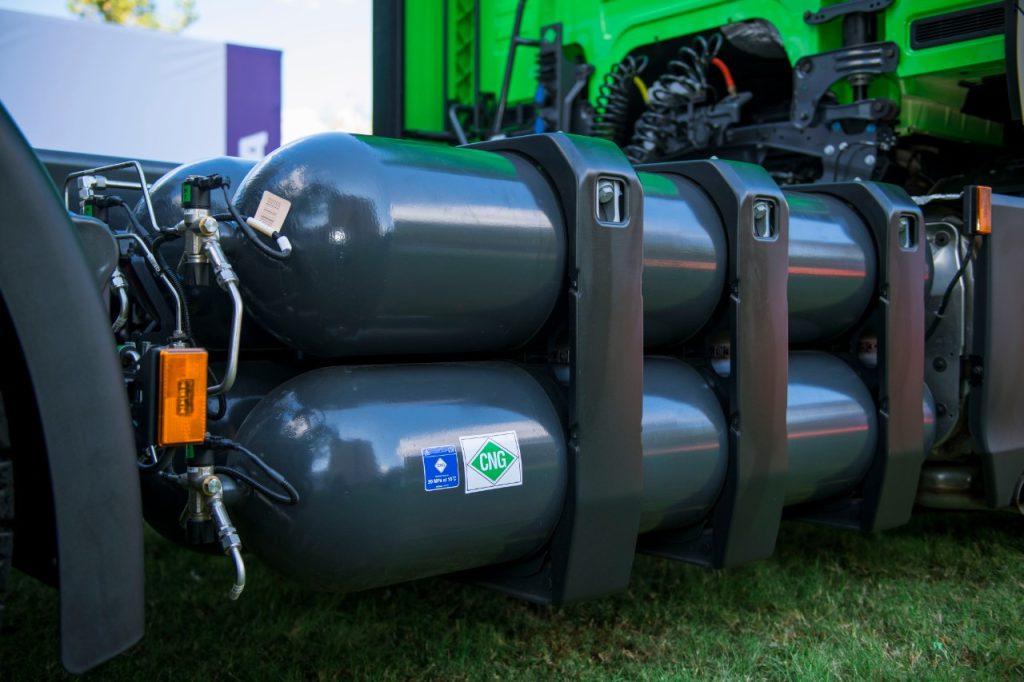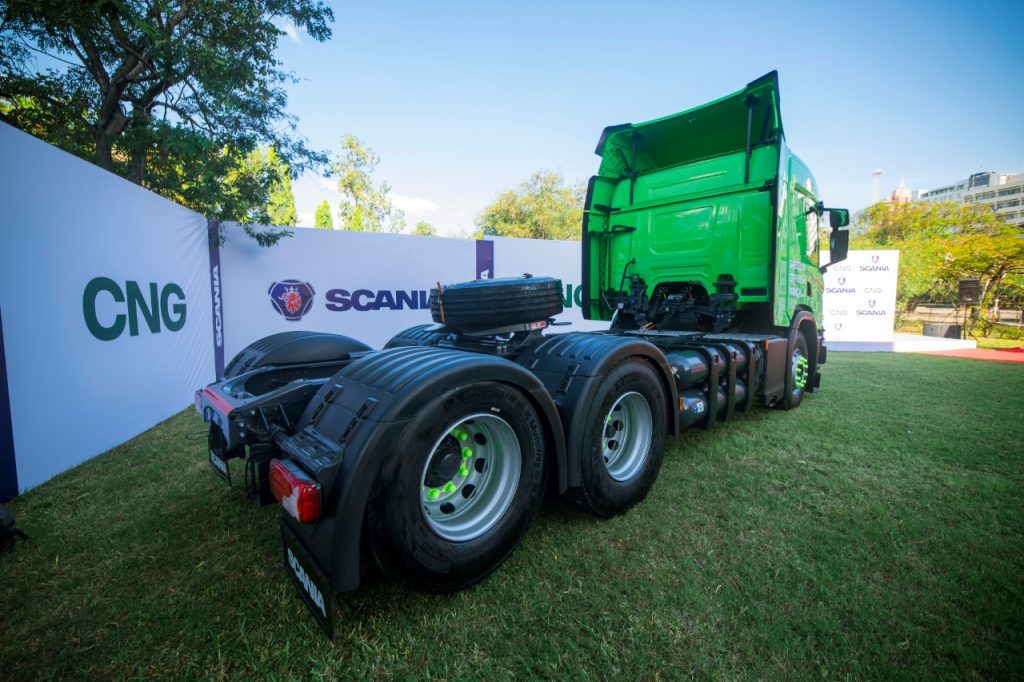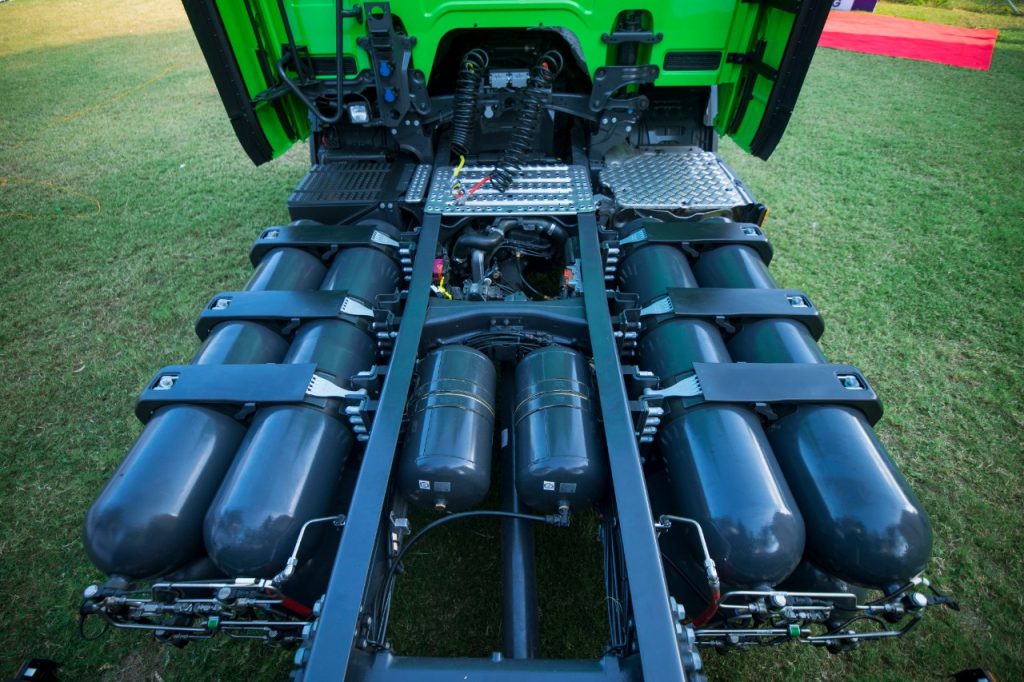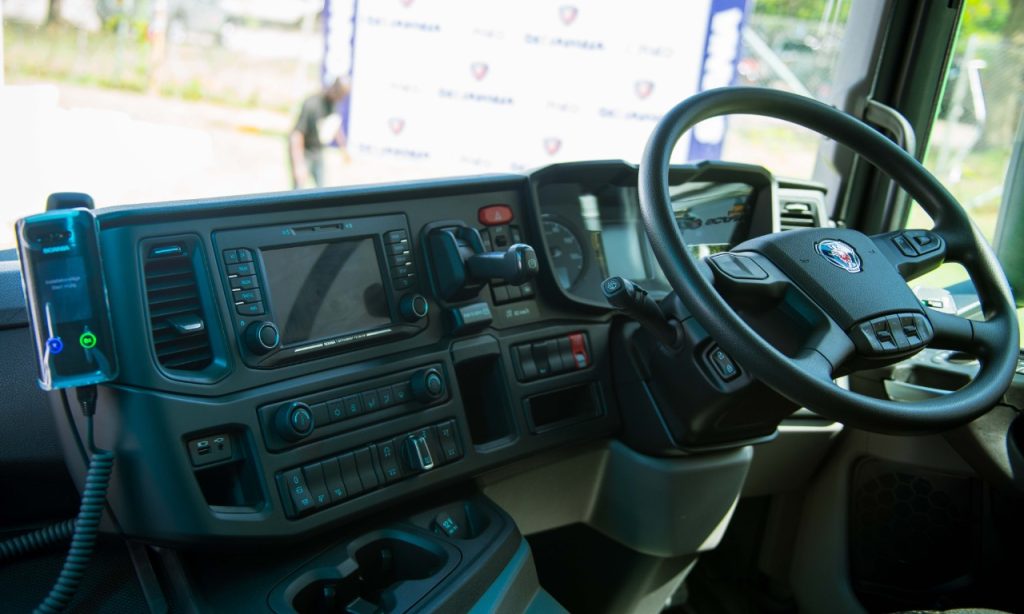For the week that is in it and the huge gathering of world leaders in Glasgow, Scotland, what is and can the Commercial Truck Industry do, to play their part.
Representing less than 4 percent of the global on-road fleet, trucks are responsible for about 27 percent of global on-road fuel and greenhouse gas emissions. They are also responsible for more than 60 percent of on-road nitrogen oxides (NOx), which can cause decreased lung function and exacerbate dangerous respiratory ailments. Big trucks seem a necessary target for an overhaul, both in terms of regulations and incentives, so why are nations neglecting this critical sector? With an eye toward COP26 this week (November 2021) and possible new global action to address climate change, nations as well as the private sector are setting commitments to shrink their carbon emissions. Governments are doing everything from growing renewable energy resources to creating carbon credit trading programs to cutting deforestation to improving energy efficiency. Missing from many public action plans, however, are strategic policies, programs and efforts to develop public-private partnerships aimed at reducing emissions from big trucks. But not Scania!
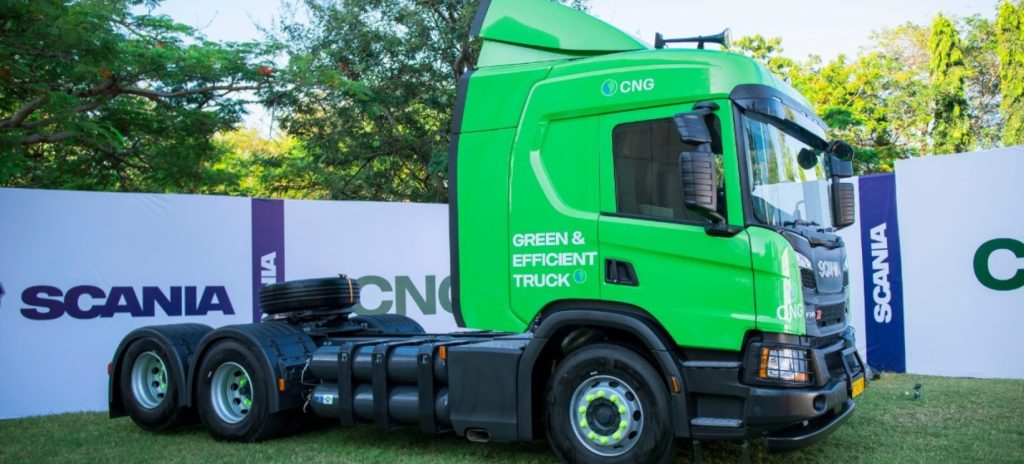
Scania Introduces It’s First Gas Truck July 2021
The first Scania Gas Truck running on CNG (Compressed Natural Gas) in East Africa has been launched by Scania Tanzania Ltd. A milestone at the company and in the market towards Scania’s vision of driving the shift towards a sustainable transport system.
The launch which was graced by Hon. Selemani Jafo, Minister in the President’s Office for Regional Administration and Local Government, amongst other Tanzanian government officials and Scania customers, was an opportunity for Scania to showcase its product offering in the region, of one of its transport solutions which runs on an alternative fuel which is good for the environment, the community, and for business.
Speaking during the launch, Johanna Lind, Scania Tanzania Ltd’s Managing Director reiterated Scania’s vision of being a sustainable transport solutions provider that offers its customers a wide range of vehicles which are less harmful to the environment. “We are able to offer our customers a wide range of transport solutions which run on alternative fuels, ranging from ethanol trucks and buses, to vehicles using liquefied or compressed biogas, which have less carbon emissions compared to vehicles running on fossil fuels. We have launched our CNG truck in Tanzania because of the locally available natural gas found here, and the beauty with this truck is that it can also run on biogas without changing any features on the truck,” Johanna highlights.
A Cleaner and More Cost Efficient Transport Solution
Natural gas which is available in most parts of the world compared to oil, means that the price of gas can be locally set, resulting in drastically lower costs in purchasing gas than in purchasing oil, reducing on the fuel costs which transporters and bus operators incur. “Today one of our largest imports is diesel, and having vehicles running on a locally available fuel will reduce the outgoing foreign exchange, aid in job creation and increase the revenue streams of the government. Tanzania has already established the infrastructure with the development of the Mtwara-Dar es Salaam gas pipeline and the six gas power plants in operation” Johanna adds on. Natural gas is a stepping stone which will help in the transition from fossil fuels to renewables.
Engineered For Efficiency and High Performance
Scania gas trucks have been engineered for efficiency and high performance and they have achieved a performance level where the torque of the vehicles builds up earlier than in a diesel engine, which was achieved with the development of new technology and the introduction of the Euro 6 engine generation. “The gas truck which we have launched comes equipped with a Euro 6 engine which is a high technology engine with lower emissions enabling us to offer a transport solution with the cleanest drivelines, hence creating cleaner air,” Johanna explains.
With a 50% noise reduction thanks to the methane properties and the lowered compression in the spark plug ignited engine, Scania gas trucks have very low sound emissions and they are available with 9 litre gas engines rated at 280hp and 340hp, and with the wheel configurations of either 4×2, 6×2, 6×2*4 or 6×4 for both tractors and rigids. Making them suitable for applications like city and regional distribution, refuse collection, hook lifts, skip loaders, construction, and general cargo. Scania has made available three sizes of CNG tanks made of steel for its gas trucks for customers to choose between 80 litres, 95 litres and 118 litres which are always mounted in packs of four on each side of the chassis, and they are filled to a maximum pressure of 200 bar. With the 118 litre gas tanks, the truck can travel for more than 400 km, however refuelling is recommended after 350 km.
Safety First As Always
As a safety precaution, the gas tanks are equipped with two safety valves in the valve units: one is activated by temperature and the other by pressure, and the outlet of the temperature safety valves are directed downwards under the truck. Additionally, the truck is ADR certified with an insulated electrical system to avoid electric sparks, and with combined wheel nut indicators and dust caps. Safety is of utmost importance for our drivers and other road users, and the truck also comes equipped with the Scania Safety Package, comprising of Advanced Emergency Braking (AEB), Adaptive Cruise Control (ACC), Scania Lane Departure Warning (LDW), and Scania Alcolock.
For the transporter worried about the cost implication of switching to a CNG truck, the cost of running on CNG is cheaper despite the driveline being more expensive than a diesel engine. Our studies show that the cost per month can be reduced by 12% during the first 4 years when the vehicle is operating at 85 000 km per year, and the locally available natural gas is also 20% less expensive, and the price level is more stable compared to the imported diesel.
Natural gas will continue to play an important role in the transport system, especially with the continued development of infrastructure in Tanzania. “In parallel, Scania is working with partners and the government for the biogas alternative, which has a 90% CO2 emission reduction. Blending biogas into the existing gas is also possible, enabling a gradual shift from natural gas to biogas,” Johanna explains.
This is just one example of what is being done and there are many examples of others to distinguish the myths of enough not being fast tracked. The reality is that the biggest zero-emission HDTs are hitting the market at an accelerating rate. According to the Zero-Emission Technology Inventory (ZETI), part of the CALSTART Drive to Zero program, the number of available and announced models of new ZE-HDTs is expected to grow from 40 to 71 in the United States, Canada, China and Europe between 2020 and 2023. That’s a nearly 80 percent increase over just three years. During that period, the number of ZE commercial vehicles on the market in these same regions is expected to grow nearly 30 percent, with 468 models on the market in 2020 and 606 models projected for 2023.
But What About Battery Operated Trucks?
Battery prices, though still a concern, are decreasing faster than even the most optimistic projections. Using a recent analysis concluded, that by 2025-2030 electric trucks will be less expensive to own and operate than their diesel counterparts due to the reduced cost of key components such as batteries and motors, higher energy efficiency and lower maintenance costs. As battery costs dip, rising and less predictable diesel fuel costs will also accelerate cost parity between electric and diesel trucks.

So What About The Now?
As countries set their sights beyond COP26 and a possible new global vision for a cleaner future, they must not neglect Zero Emission-HDTs. Public and private actions must align strategically if we hope to catalyse the ZE-HDT segment. These vehicles are further along in the commercialization process than most realise. Model availability and range are on the rise and costs are coming down faster than expected. Let’s put these trucks to work now NOT LATER and enjoy the benefits of a transport sector that is driving to zero.

O’Donnell Commercials Truck and Trailer Parts Ireland – New and Aftermarket Sales.
Get in touch today to discuss your requirements on 00353 (0)74 93 90122 or try out our ‘Fitting Check Form’ here.
Need to chat to us – click here! – Find us on Facebook


